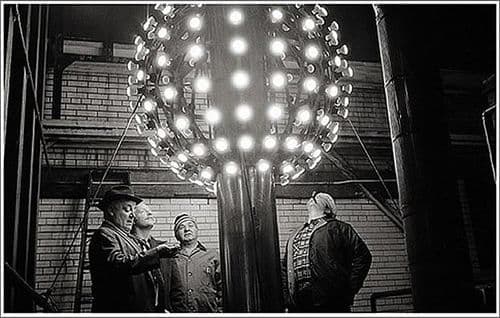That distinctive "old book smell" that book lovers adore comes from the slow decomposition of paper and ink over time. As books age, the organic compounds in paper break down and release over 300 different chemical compounds into the air, creating a complex aroma that many people find irresistible.
The smell is actually a cocktail of vanilla, almond, and grass scents caused by lignin breaking down in the paper. Lignin is the same compound that gives trees their structure, and when it decomposes, it releases vanillin—the same chemical that gives vanilla its distinctive smell. This is why old books often have a sweet, vanilla-like aroma.
Different types of paper create different scents as they age.Books printed on high-quality, acid-free paper smell different from books printed on cheaper, acidic paper. The binding glue, ink types, and even the storage conditions all contribute to each book's unique aromatic signature.
Perfumers have actually tried to recreate "old book smell" in fragrances because the scent triggers such strong emotional responses in people. There's even a scientific term for it: "bibliomia"—the distinctive smell of old books.
Scientists can now determine a book's age and condition just by analyzing its smell.Libraries use this technique to assess which books need preservation treatment before visible damage occurs. Your nose can detect chemical changes in books long before your eyes can see any deterioration.
So the next time you inhale that wonderful library smell, you're actually enjoying the gentle chemistry of decomposition—nature's own perfume laboratory.





